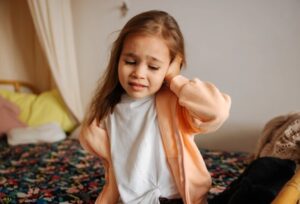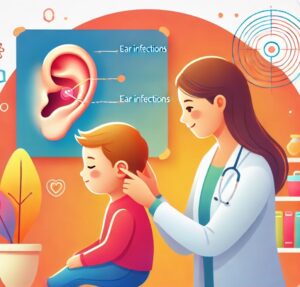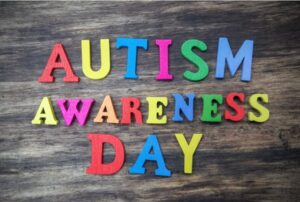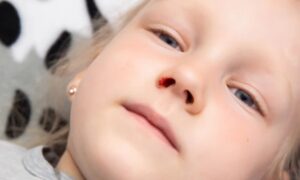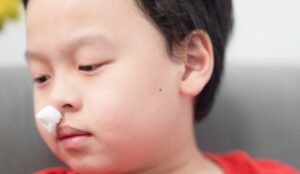As parents, we all want our children to be healthy and happy, but sometimes they encounter little troubles, like an ear infection. This condition is quite common among young kids, especially infants. Today, I want to talk about how to determine if our child has an ear infection and how we can respond.
What is an Ear Infection?
Simply put, an ear infection occurs when the middle ear (the part between the ear canal and the eardrum) becomes inflamed, usually due to a bacterial or viral infection. When children have an ear infection, they may feel pain in their ears, have difficulty hearing, and might even run a fever. As parents, we need to pay close attention to our children's symptoms and behavior.
Common Symptoms of Ear Infections in Children
- Ear Pain: This is the most obvious symptom. If our little one keeps grabbing at their ear or complains of ear pain, we need to take it seriously. Kids can become irritable because of the pain and may refuse to eat or sleep.
- Fever: Ear infections often come with a fever, especially in young children. If we notice our child has a temperature higher than normal, don't panic—just check it to see how high it is.
- Hearing Changes: If a child suddenly seems to have trouble hearing familiar sounds or appears confused during conversations, it could be an ear issue.
- Discharge: If we see any pus or fluid coming from the child's ear, it might indicate a more serious ear infection, and we should head to the hospital for an examination.
- Other Symptoms: Sometimes, children may also appear very fussy, refuse to eat, or cry frequently. These could all be signs of ear discomfort.
How to Determine if Your Child Has an Ear Infection
If we suspect our child has an ear infection, we can follow these simple steps to make a judgment:
- Observe Symptoms: Look for the symptoms mentioned above, especially ear pain and fever. If these symptoms last for more than 24 hours, we should definitely pay attention.
- Check the Ears: We can try gently inspecting our child's ears for any redness or discharge. If we’re not sure, it’s best to let a doctor take a look.
- Follow the Doctor's Advice: If our child shows these symptoms, taking them to the doctor is the safest course of action. The doctor will use a professional otoscope to examine the ear and confirm if there’s an ear infection.
What to Do If an Ear Infection is Diagnosed?
- Follow the Doctor's Recommendations: If the doctor diagnoses an ear infection, they will usually prescribe treatment based on the type of infection (bacterial or viral). If it's bacterial, they may prescribe antibiotics; if viral, they often just recommend observation.
- Relieve Pain: We can give our child appropriate pain relief, such as acetaminophen (Tylenol), to help ease discomfort. Applying a warm cloth near the ear can also make the child feel more comfortable.
- Stay Hydrated: Ensure the child drinks plenty of fluids to stay hydrated, as this can help ease symptoms.
- Monitor Symptoms: If the child's symptoms do not improve or worsen (like a persistent high fever), we need to return to the doctor for a follow-up.
Preventive Measures for Ear Infections
Of course, we also want to prevent our child from getting ear infections. Here are some effective strategies:
- Maintain Good Hygiene: Teach kids to wash their hands frequently and avoid close contact with those who have colds to reduce the risk of infection.
- Vaccinations: Ensure that your child receives vaccinations on time, such as the flu vaccine and pneumonia vaccine, which can help reduce the risk of ear infections.
- Avoid Secondhand Smoke: Smoke can irritate a child’s respiratory system and increase the risk of ear infections, so keep the environment smoke-free.
- Extended Breastfeeding: If possible, try to breastfeed your child for at least six months, as this helps strengthen their immune system.
Conclusion
Ear infections are a common health issue in children, but we can reduce their occurrence through symptom observation, timely medical visits, and preventive measures. If we notice any signs of discomfort in our child, don’t hesitate to seek medical help, ensuring they grow up healthy and happy.
References
- American Academy of Pediatrics. "Ear Infections in Children." AAP.org.
- Mayo Clinic. "Ear infection (otitis media)." MayoClinic.org.
- Centers for Disease Control and Prevention (CDC). "Ear Infections (Otitis Media)." CDC.gov.






